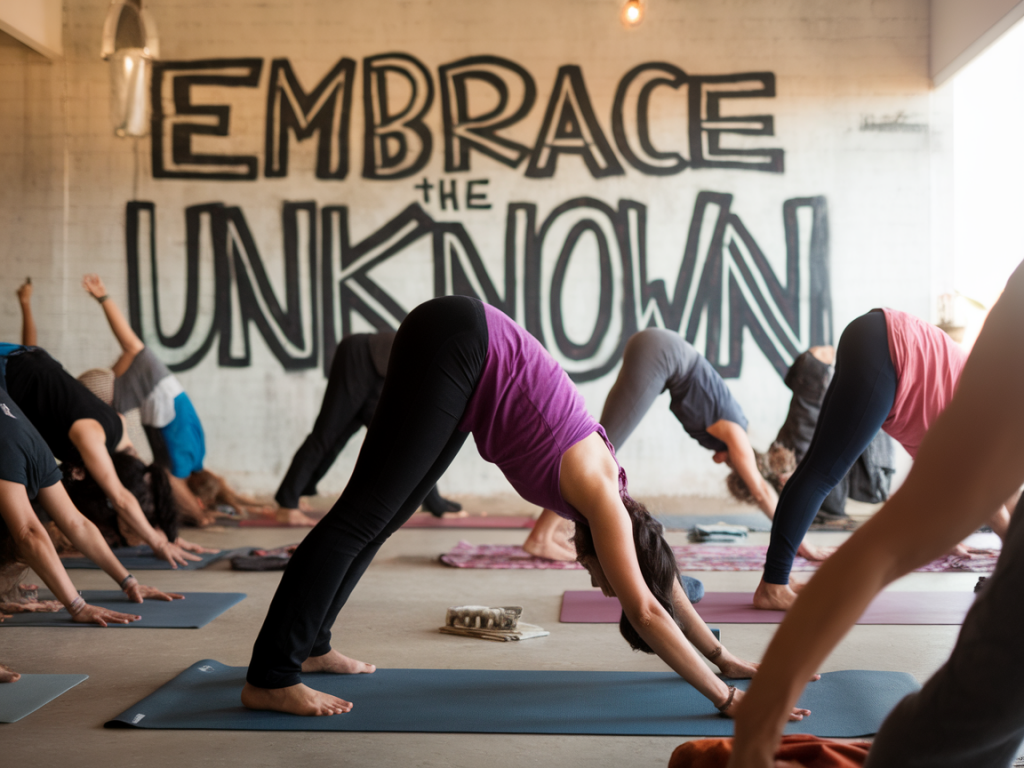
Yoga has been a cornerstone of my personal wellness journey, dramatically transforming not only my mental state but also my athletic performance. There’s a reason why so many elite athletes and fitness enthusiasts are incorporating yoga into their routines—it works wonders. Whether you’re a runner, a weightlifter, or someone who simply wants to de-stress, yoga offers tangible, measurable benefits for both your mind and body.
Understanding the Connection Between Yoga and Mental Clarity
One of the most underrated aspects of athletic performance is mental clarity. No matter how physically fit you are, your mental state plays a crucial role in determining how you perform on the field, in the gym, or on the mat. So why does yoga work so well for this?
When you practice yoga, you go beyond simple physical poses. Most yoga sessions emphasize mindful breathing, also known as pranayama, and meditation. These elements help reduce cortisol—the “stress hormone”—in your body. Stress isn’t just an emotional burden; it can wreak havoc on your focus, decision-making skills, and even your ability to recover after a tough workout or competition.
For instance, after transitioning to a consistent yoga routine, I found myself approaching challenges with a sense of calm that I’d never experienced before. Whether it was nailing a heavy squat or enduring a grueling 10K, yoga taught me to focus on my breath and stay present, which significantly improved my performance.
How Yoga Enhances Physical Athletic Performance
While the mental benefits are powerful, yoga also directly enhances physical performance through increased flexibility, balance, and core strength. Let’s break down how this happens.
Flexibility: Stiffness and limited range of motion are common complaints among athletes, especially those who focus on strength training or high-impact sports. Regular yoga stretches can help lengthen your muscles, improve joint mobility, and reduce the risk of injuries. Sun Salutations, for instance, target every major muscle group, making them an excellent warm-up or cool-down sequence.
Balance: Have you ever struggled to maintain stability during movements like single-leg squats or lunges? Yoga hones your proprioception (your body’s ability to sense its position in space) thanks to balance-focused poses like Tree Pose or Warrior III. Better balance translates into improved coordination and efficiency during sports activities.
Core Strength: Whether you're swinging a tennis racquet, lifting weights, or sprinting the last 100 meters, a strong core is essential. Yoga builds deep, functional core strength without putting undue stress on your spine. Poses like Plank, Boat Pose, and Chaturanga Dandasana (low push-up) are excellent for this.
Key Poses for Mental Clarity and Physical Strength
If you’re new to yoga or want to target both your mind and body, here are a few poses that stand out:
- Cat-Cow Pose (Marjaryasana-Bitilasana): A gentle flow that opens up the spine, improves posture, and prepares your body for movement.
- Downward Dog (Adho Mukha Svanasana): Strengthens the shoulders and lengthens the hamstrings, offering relief for tight muscles.
- Warrior II (Virabhadrasana II): Builds lower-body strength while requiring focus to hold the pose in alignment.
- Child’s Pose (Balasana): A relaxation pose that helps calm the nervous system and improve mental clarity.
- Headstand (Sirsasana): An advanced pose that enhances focus, stimulates the brain, and builds upper body strength.
Combining Yoga with Other Athletic Trainings
You don’t have to give up your current training routine to incorporate yoga into your life. In fact, the best results often come from a blend of yoga and your favorite workouts. Here’s how you can integrate yoga with popular sports and exercises:
| Activity | How Yoga Complements It |
|---|---|
| Running | Improves hamstring flexibility, strengthens stabilizer muscles, and prevents overuse injuries. |
| Weightlifting | Increases range of motion in joints, relieves muscle stiffness, and enhances mind-muscle connection. |
| Cycling | Soothes tight hip flexors and strengthens the lower back to mitigate cycling-related strain. |
| Team Sports (e.g., soccer, basketball) | Improves balance, agility, and mental focus for quick decision-making during games. |
Recommended Yoga Classes and Resources
If you’re unsure where to start, online platforms like Yoga with Adriene and Alo Moves offer guided sessions tailored for athletes. Many local yoga studios also offer classes specifically geared toward sports recovery and performance.
I personally love using natural cork yoga mats from brands like Manduka or Liforme—it makes a surprising difference in maintaining stability during poses. And don’t underestimate the power of adding yoga blocks or straps to help with flexibility transitions.
Yoga as a Tool for Recovery
Lastly, let’s talk recovery, an aspect often overlooked in most training regimens. Yoga doesn’t just help prevent injuries; it also speeds up recovery. Practices like Restorative Yoga or Yin Yoga focus on holding poses for extended periods, which promotes deep muscle in relaxation and improves circulation.
For example, after an intense HIIT session, I like to follow up with 20 minutes of restorative poses like Reclining Butterfly Pose (Supta Baddha Konasana) or Legs-Up-The-Wall Pose (Viparita Karani). It feels like pressing a reset button on my body!
